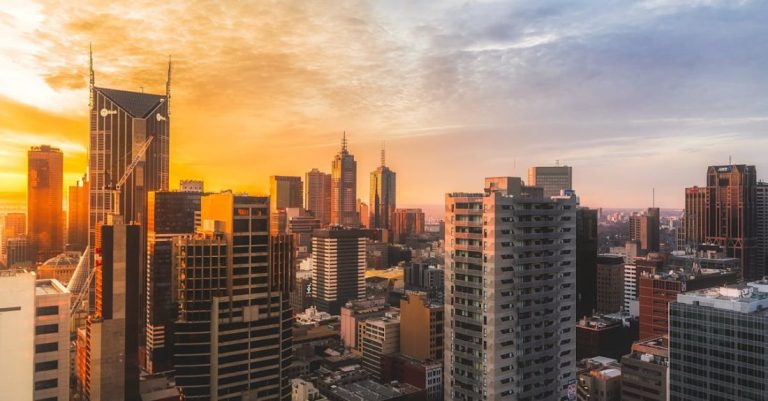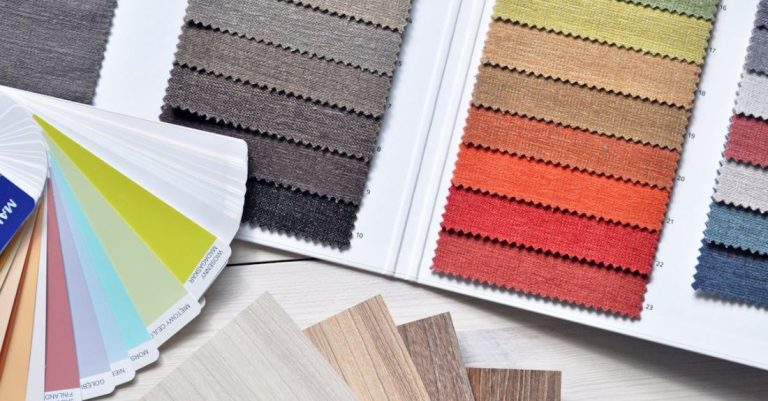
Creating an energy-efficient home is not only beneficial for the environment but also for your wallet. By incorporating smart design elements, you can significantly reduce your energy consumption and lower your utility bills. Here are the top tips for energy-efficient home design that will help you create a sustainable and comfortable living space.
Maximize Natural Light
One of the simplest ways to reduce energy usage in your home is by maximizing natural light. Natural light not only brightens up your space but also reduces the need for artificial lighting during the day. When designing your home, opt for large windows, skylights, and glass doors to allow ample sunlight to enter your living areas. Consider positioning rooms where you spend the most time, such as the living room and kitchen, to receive the most natural light.
Opt for Energy-Efficient Appliances
Investing in energy-efficient appliances is a key component of creating an energy-efficient home. Look for appliances with high Energy Star ratings, as these are designed to consume less electricity while still delivering top performance. When shopping for appliances such as refrigerators, dishwashers, and washing machines, consider their energy efficiency to ensure you are making a sustainable choice for your home.
Proper Insulation
Proper insulation is essential for maintaining a comfortable temperature in your home while reducing the need for heating and cooling. Make sure your walls, floors, and attic are well-insulated to prevent heat loss in the winter and heat gain in the summer. High-quality insulation not only improves energy efficiency but also enhances the overall comfort of your living space.
Utilize Smart Thermostats
Smart thermostats are a convenient and effective way to regulate your home’s temperature and optimize energy usage. These devices allow you to program heating and cooling schedules based on your lifestyle and preferences, ensuring that your HVAC system is not running unnecessarily when you are away from home. Smart thermostats can also provide valuable insights into your energy consumption, helping you make informed decisions to further reduce your energy usage.
Embrace Passive Solar Design
Passive solar design is a sustainable architectural approach that utilizes the sun’s energy to heat and cool a home naturally. By strategically positioning windows, overhangs, and thermal mass elements, you can harness the sun’s heat in the winter and block it out in the summer. Embracing passive solar design principles can significantly reduce your reliance on mechanical heating and cooling systems, leading to long-term energy savings.
Choose Energy-Efficient Lighting
Lighting accounts for a significant portion of a home’s energy consumption. Opt for energy-efficient lighting options such as LED bulbs, which use significantly less energy and last much longer than traditional incandescent bulbs. Consider installing dimmer switches and motion sensors to further reduce energy usage by ensuring that lights are only on when needed.
Enhance Air Quality with Proper Ventilation
Proper ventilation is essential for maintaining good indoor air quality and energy efficiency in your home. Invest in a ventilation system that efficiently circulates fresh air while expelling stale air and pollutants. By enhancing air circulation, you can reduce the need for excessive heating and cooling, resulting in lower energy consumption and a healthier living environment.
Create a Sustainable Landscape
Incorporating sustainable landscaping features around your home can also contribute to its overall energy efficiency. Planting trees strategically to provide shade in the summer and windbreaks in the winter can help regulate your home’s temperature naturally. Additionally, consider installing a rainwater harvesting system to collect and reuse water for irrigation, reducing your reliance on municipal water sources.
Conclusion:
Designing an energy-efficient home is a rewarding endeavor that not only benefits the environment but also enhances your quality of life. By incorporating the top tips for energy-efficient home design, you can create a sustainable living space that is comfortable, cost-effective, and environmentally friendly. From maximizing natural light to embracing passive solar design, each element plays a crucial role in reducing energy consumption and creating a home that is both efficient and enjoyable to live in. Start implementing these tips today to make your home more energy-efficient and sustainable for years to come.





